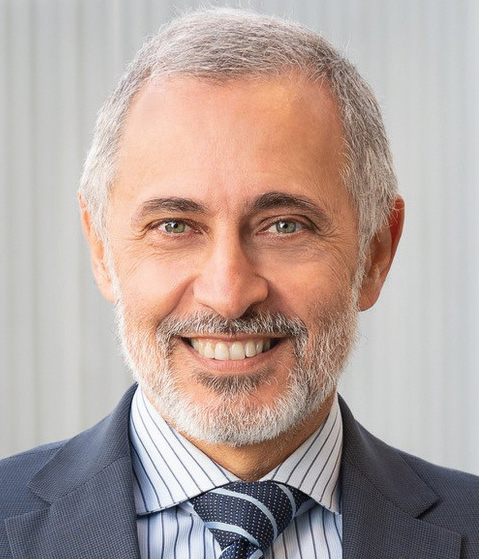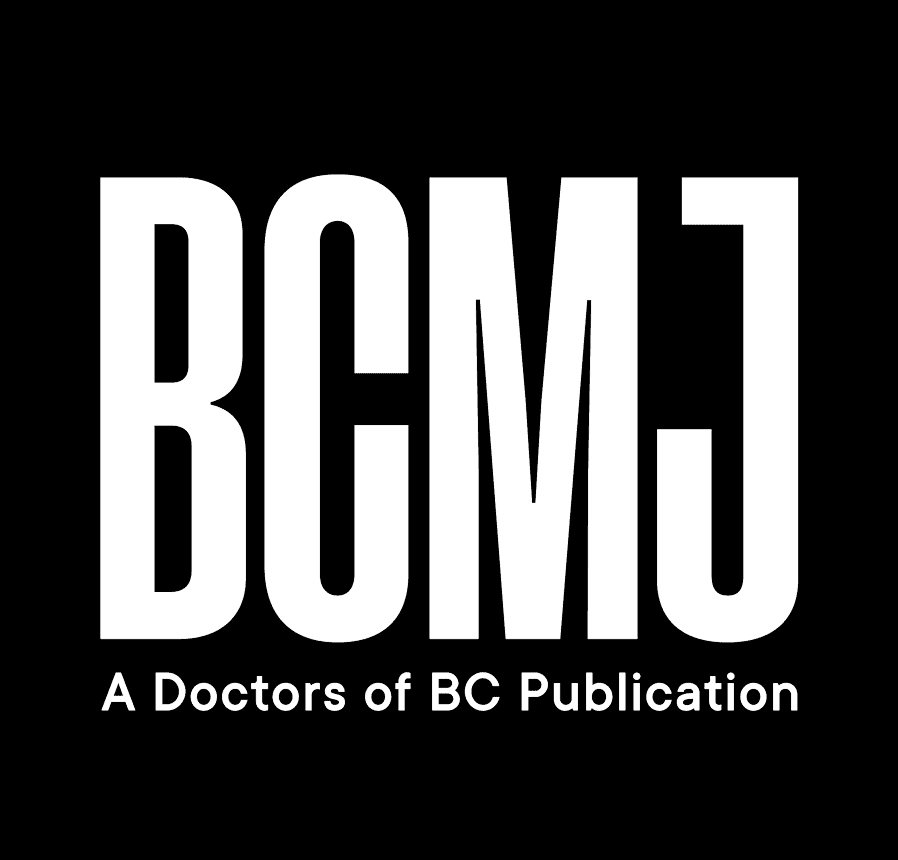Guest editorial: Osteoarthritis, Part 1
 |
 |
| Dr Maziar Badii | Dr Bassam Masri |
Osteoarthritis is a prevalent and debilitating condition that significantly impacts quality of life for millions of individuals worldwide. The specific focus in this theme issue is on large joint osteoarthritis, with knee osteoarthritis serving as a prime example. Knee osteoarthritis represents a growing public health concern, particularly as populations age and obesity rates increase. Within this context, family physicians are at the forefront of managing patients with osteoarthritis, addressing their diverse needs through a spectrum of strategies that extend from offering reassurance to considering surgical interventions, despite there being very little emphasis on musculoskeletal care in medical schools.
As guest editors of this two-part theme issue, we are delighted to present a collection of articles dedicated to advancing physicians’ understanding and management of knee osteoarthritis. These articles shed light on various aspects of the disease, including etiology, diagnosis, treatment options, and emerging therapeutic strategies.
Article 1: Darabian and colleagues emphasize the importance of early and accurate diagnosis of knee osteoarthritis by family physicians to effectively manage the condition. Family physicians can rely on a combination of patient history, physical examination, and standing knee X-rays, which serve as the gold standard for confirmation. By diagnosing knee osteoarthritis promptly, family physicians can minimize unnecessary interventions, imaging, and referrals, which leads to improved patient outcomes and reduced health care costs.
Article 2: Sidhu and colleagues explore various treatment modalities for managing knee osteoarthritis in an office setting. Noninvasive options such as bracing, topical NSAIDs, and intra-articular injections of corticosteroids have shown effectiveness in improving pain and physical function. With respect to mesenchymal stem cell injections, further research is needed to warrant their routine usage in the clinical setting; therefore, their use should be discouraged for now.
Article 3: Marcuzzi and colleagues provide an excellent summary of the use of opioids in osteoarthritis. As with most cases of chronic noncancer pain, opioids are not indicated and have not been shown to be of value in controlling pain, contrary to common belief. In addition, the outcomes of treatment are much worse in patients on opioids. The reader is cautioned to not prescribe opioids for the treatment of osteoarthritis, as other modalities are much more effective.
Article 4: Boettcher and Moran discuss surgical management of knee osteoarthritis. They point out that managing patient expectations is crucial for successful outcomes, given that factors such as age, sex, and arthritis type can influence satisfaction following total knee replacement. Younger patients should not be denied access to total knee replacement solely based on age, as studies have shown positive outcomes and high satisfaction rates, even in younger patients. The past thinking that knee replacements fail universally in younger patients should now be behind us. The choice between partial and total knee replacement should be based on specific indications and discussion about revision rates; options such as unicompartmental and patellofemoral joint replacements should be considered for suitable but highly selected patients.
In Part 2 of this theme issue, authors will address the disparity in access to osteoarthritis care for Indigenous Peoples in rural BC, the challenges of assessing surgical risk in combination with obesity in orthopaedic patients, radiological diagnosis and image-guided percutaneous treatments for knee osteoarthritis, and physiotherapy in the treatment of osteoarthritis.
hidden
This editorial has been peer reviewed.
 |
| This work is licensed under a Creative Commons Attribution-NonCommercial-NoDerivatives 4.0 International License. |
hidden
Dr Badii is a clinical assistant professor in the Division of Rheumatology, Faculty of Medicine, University of British Columbia. Dr Masri is a professor of orthopaedics at UBC and an orthopaedic surgeon at Vancouver General Hospital and UBC Hospital.
